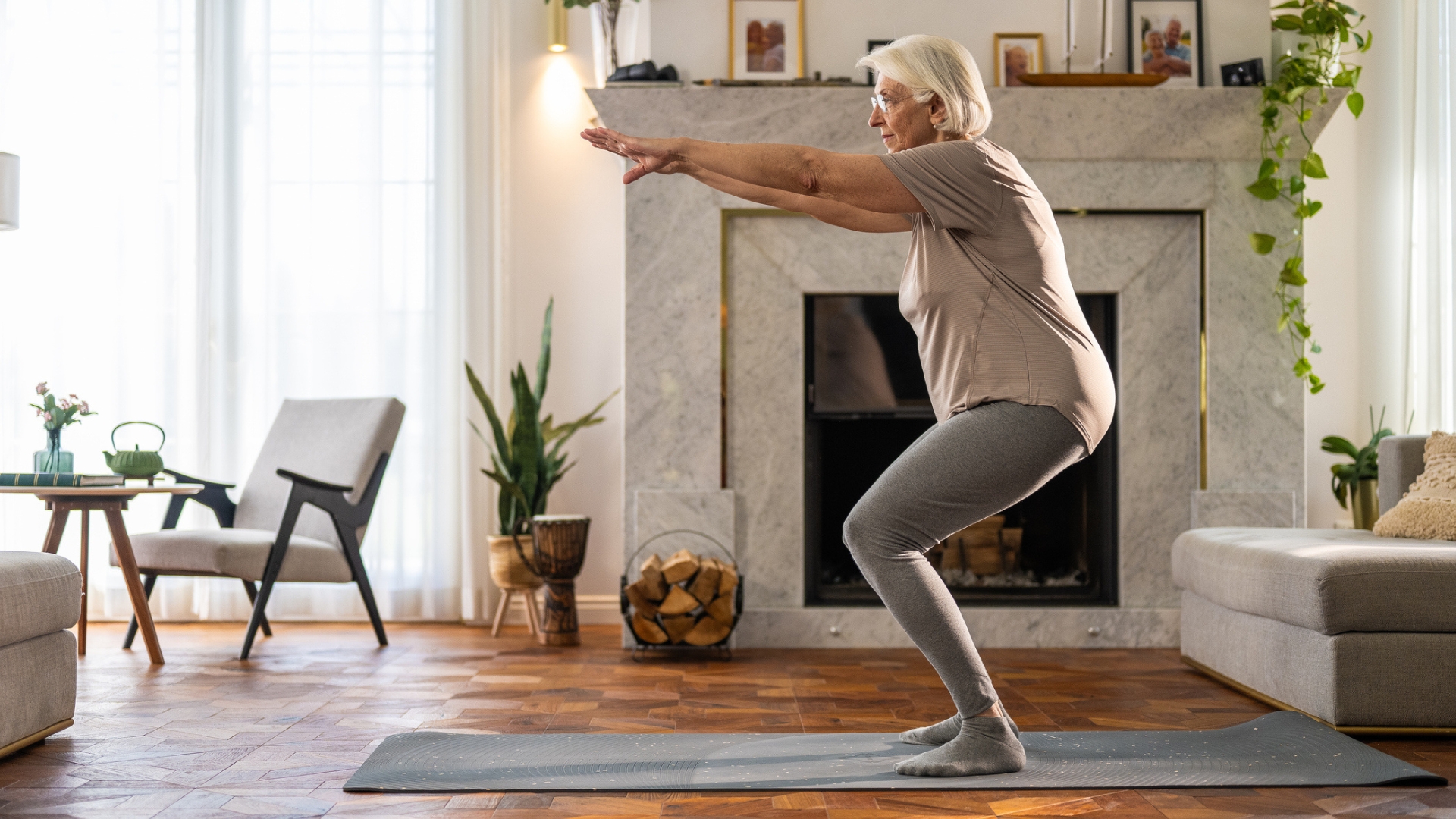How exercise combats harmful conditions like chronic inflammation in the body
Exercise-induced soreness is normal, but working out can also combat a more dangerous kind of inflammation


Inflammation is often a good thing. It's essential to the body's way of healing itself, whether that's from a demanding workout or a physical injury. When we exercise a muscle, it can swell up and become briefly painful, but this soon goes away: this is called delayed onset muscle soreness (or DOMS) and is completely normal for anybody who's undergone intense workouts – especially if you're doing resistance training with the best resistance bands or best adjustable dumbbells. Likewise, inflammation also occurs in the body when you have a cold or flu, and this process helps you fight it off.
However, there's also a dark side to inflammation. Chronic inflammation doesn't subside once the body is healed, and continues to swell up and cause problems. This can lead to conditions such as arthritis in joints, and can even be a precursor for heart disease.
Experts from Harvard University looked at the causes and ways to prevent chronic inflammation, and found it "goes back to the basics: maintaining a healthy weight, choosing a good diet, getting plenty of sleep, and exercising regularly".

Exercising in particular is a great way to tackle chronic inflammation risks. A study published by Duke University looked at the effect of exercising muscles which suffered from chronic inflammation. They studied a section of lab-grown human muscle and found that when it was stimulated as if exercising, the cells would work against the inflammation process.
"When exercising, the muscle cells themselves were directly opposing the pro-inflammatory signal induced by interferon gamma, which we did not expect to happen," said Nenad Bursac, professor of biomedical engineering at Duke. "In this case, we discovered that the muscle cells were capable of taking anti-inflammatory actions all on their own."
Although it's wise to let your body rest after a workout, it's also shown to be fairly safe to exercise while you're still feeling a bit sore. What's more, if you're suffering from acute or chronic inflammation, exercise could help curb its harmful effect on your body, helping you combat hypertension and heart problems in later life.
Want to crub DOMS? The rolling movements of the best foam rollers will help to smooth out the fascia, which is the connective tissue that surrounds our muscles. If you want something a little stronger, you could try a massage gun such as a Theragun. Anti-inflammatory supplements are also included in lots of our best supplements for joints.
Get the Fit&Well Newsletter
Start your week with achievable workout ideas, health tips and wellbeing advice in your inbox.
Matt Evans is an experienced health and fitness journalist and is currently Fitness and Wellbeing Editor at TechRadar, covering all things exercise and nutrition on Fit&Well's tech-focused sister site. Matt originally discovered exercise through martial arts: he holds a black belt in Karate and remains a keen runner, gym-goer, and infrequent yogi. His top fitness tip? Stretch.
-
 Put down the protein shake—this high-protein chicken and rice recipe is a better way to refuel after a workout
Put down the protein shake—this high-protein chicken and rice recipe is a better way to refuel after a workoutAnd it only takes 10 minutes to make
By Lou Mudge
-
 The three Pilates exercises every beginner should start with, according to an expert instructor
The three Pilates exercises every beginner should start with, according to an expert instructorA sequence that will take you no more than 10 minutes
By Alice Porter